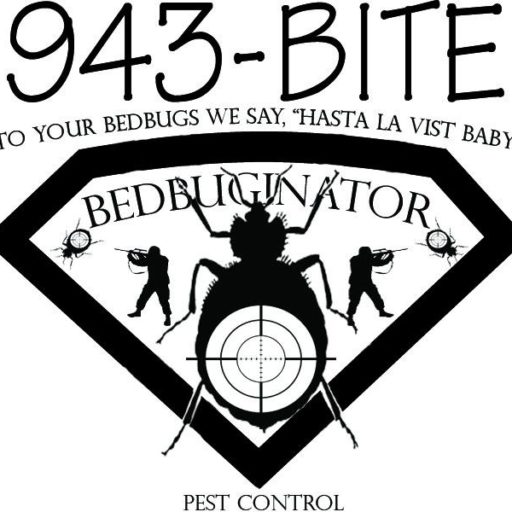Bed bugs can spread in so many ways it's hard to believe. Many people can get them from neighbors who have an infestation and set infested furniture out by the curb. The bed bugs can travel in the grass to nearby homes from the infested items. They can spread by hitchhiking on people clothing as well as items like purses and such. Places like malls and libraries have had to be shut down due to bed bug out breaks. One can get them by simple visiting a friend or a family member and sitting on a chair or couch that's infested. Another way a lot of people are becoming exposed to them is by staying in a hotel room that has them even for one night.
About a year. Bed bugs can live about a year usually and can live for months in a dormant state without even feeding.
From Overseas. Bed bugs have increased in America over the last few years due to international travels, importation of goods, and the fact that pest control measures no longer include the use of chemicals from the past that were effective but were outlawed due to their harmful effects on the environment . They have also developed resistance to many chemicals readily available to the public.
No, it is absolutely not safe to pick up furniture from a dumpster. It may have been the reason it was thrown out or bug could have nested in the furniture during it's time on the curb.
bed bugs can get into a home from staying at a hotel, from clothing transfer or international travel, travelling in general, from furniture on the street, even used furniture from stores.
Bed bugs secretive lifestyle makes detection difficult. Relatively few bed bugs start an infestation. In fact, if a male bed bug is the only hitchhiker, no infestation will develop. Only female bed bugs are able to lay eggs. A mated female can lay around 3 eggs a day if feeding is available, laying more than 300 eggs in her lifetime. Small white eggs are cemented to discrete surfaces, near a host, and hatch in about 10 days.
Very simple. Human blood. At first very few insects are present, feeding intermittently on the host and may not be noticed, but after some time, hundreds of eggs can be laid within 10 days, and within a month there will be a dangerous infestation.
